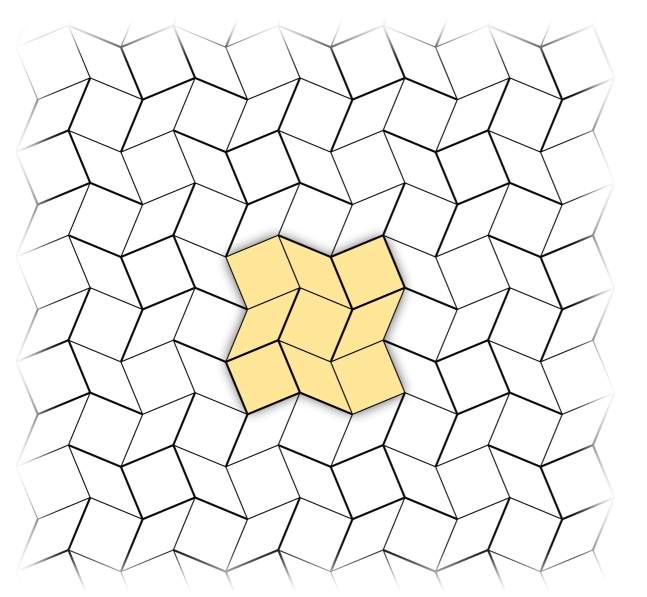Origami Mechanical Metamaterials
In addition to making beautiful art, folding 2D materials can be used to tune mechanical properties and create novel three-dimensional structures. Because the mathematical description of origami is scale-free, folding principles can be applied to materials over a vast range of spatial scales.
Origami Mechanics and Reprogrammable Metamaterials
Origami is widely known as the art of paper folding. In the last 20 years, scientists, engineers, and mathematicians have shown a steady and increasing interest in the field. This melting pot of art and science has been productive for both sides. On one hand, quantitative and technological advances have expanded the artistic repertoire and led to software (likeFreeform origami and Treemaker) that assists in designing ultra-realistic fold patterns. On the other, origami has stimulated technological advances such as efficient methods forpacking solar panels and rapid airbag deployment.
Using Origami Design Principles to Fold Reprogrammable Mechanical Metamaterials
Bistable Origami and Hidden Degrees of Freedom
Drawing on the art of origami to inspire mechanical metamaterials relies on the ability to extract useful design principles from crease patterns. One particularly interesting pattern is the square twist. Not ony is it tessellatable, but the unit highlighted below has some surprsing properties.

Origami Structures with a Critical Transition to Bistability Arising from Hidden Degrees of Freedom
Origami research published in Science
Check out our latest publication in Science on origami mechanical metamaterials! Be sure to stop by the project summary page here to learn how to fold your own reprogrammable metamaterials. The work was highlighted in these great articles too:
Pages
- « first
- ‹ previous
- 1
- 2
- 3
